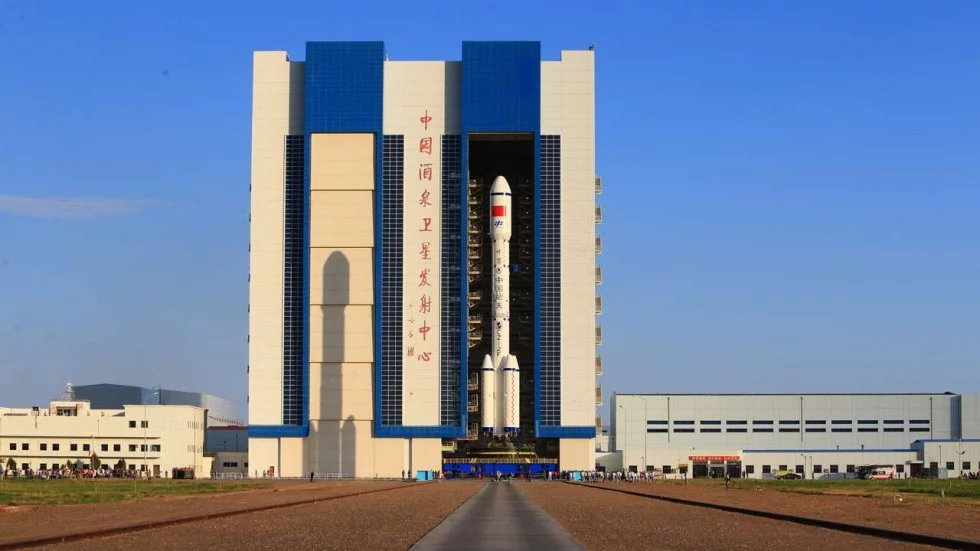The second Chinese space laboratory satellite Tian Gong 2 was successfully launched from the Jiuquan Satellite Launch Center on September 15th, 2016 at 22:04 BTC (UTC+8h). Among more than ten instruments onboard it also brought to space the only non-Chinese experiment POLAR - the hard X-ray polarimeter. This novel instrument was constructed in collaboration between University of Geneva, the Paul Scherer Institut in Switzerland, the Institute of High Energy Physics CAS in China and the National Center for Nuclear Research in Poland. POLAR is equipped with an array of 1600 plastic scintillators allowing for precise and efficient measurement of the linear polarization from the prompt emission of Gamma Ray Bursts (GRB) – the biggest explosions in the Universe.
The PSI laboratory of particle physics (LTP) has contributed with the initial concept, its verification and validation using the bread board model. In the main project stage we provided the full design, construction and qualification of all electronic subsystems except of power supplies as well as developed the firmware for front-end electronics and central computer.
The POLAR experiment onboard of Tian Gong 2 was switched on the 22nd September at 18:45 BCT. The polarimeter is now undergoing a 21 days long commissioning period followed by a calibration phase. Initial data show that POLAR works fully as expected and its operating conditions are stable. All detection channels are delivering useful data. The PSI POLAR Data Server receives preprocessed telemetry packets from the satellite with a delay of about 24 hours. POLAR onboard Tian Gong 2 is scheduled for two to three years operation in space. It anticipates detections of several tens of very strong GRBs events as well as dozens of intense Solar Flares. POLAR data are expected to provide final explanation for still puzzling physical mechanisms of GRBs. It will also be possible to conduct first precise measurements of the hard X-ray polarization in solar flares.
The first transient event from space was detected by POLAR already on September 23rd. Two other strong transient events were observed on September 25th. Their detection was confirmed by RHESSI satellite - another space mission sensitive to the hard X-rays. RHESSI is devoted mainly for solar observation and is operated by the FHNW in Brugg-Windisch – our collaborators for studies of solar flare eruption mechanisms.



